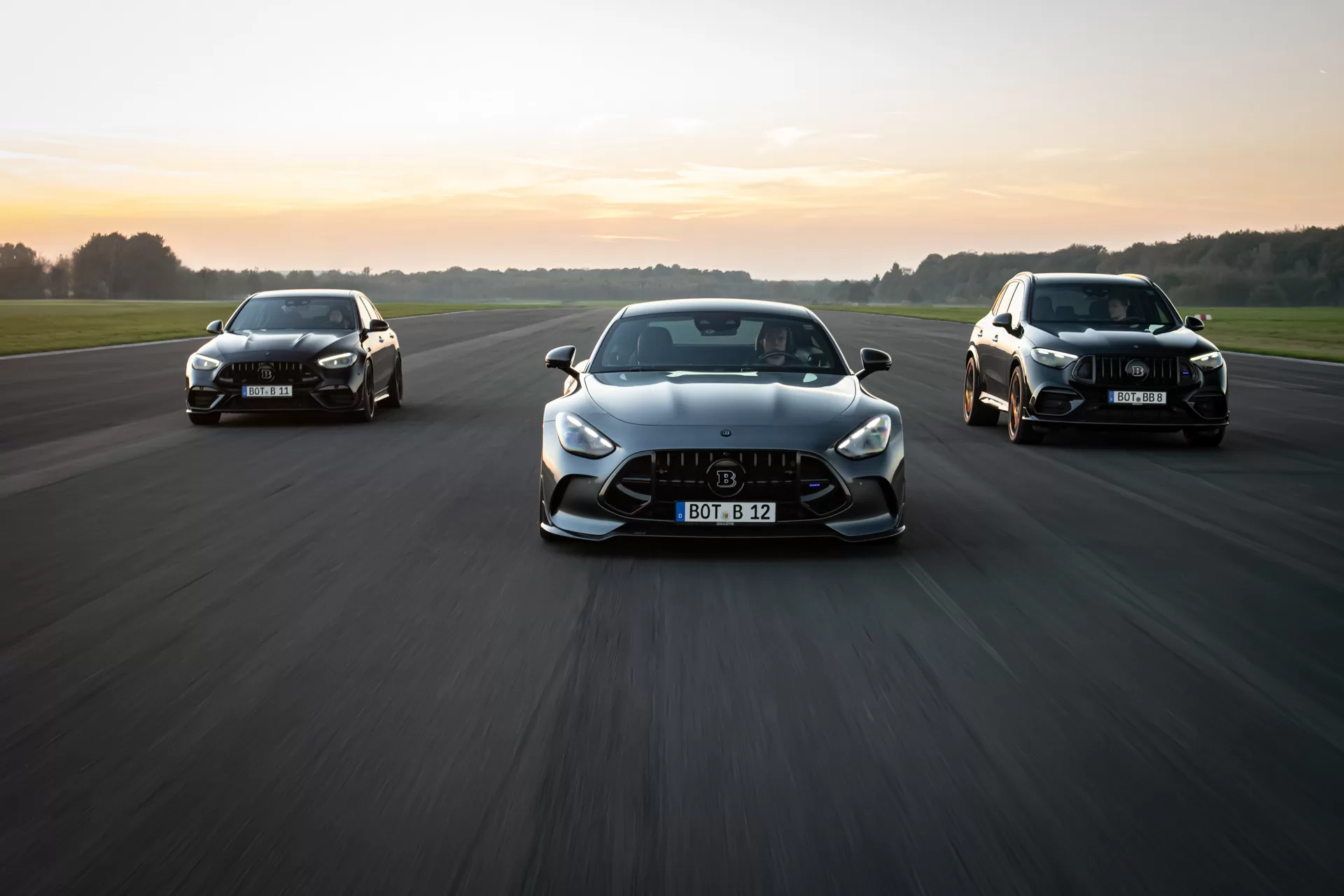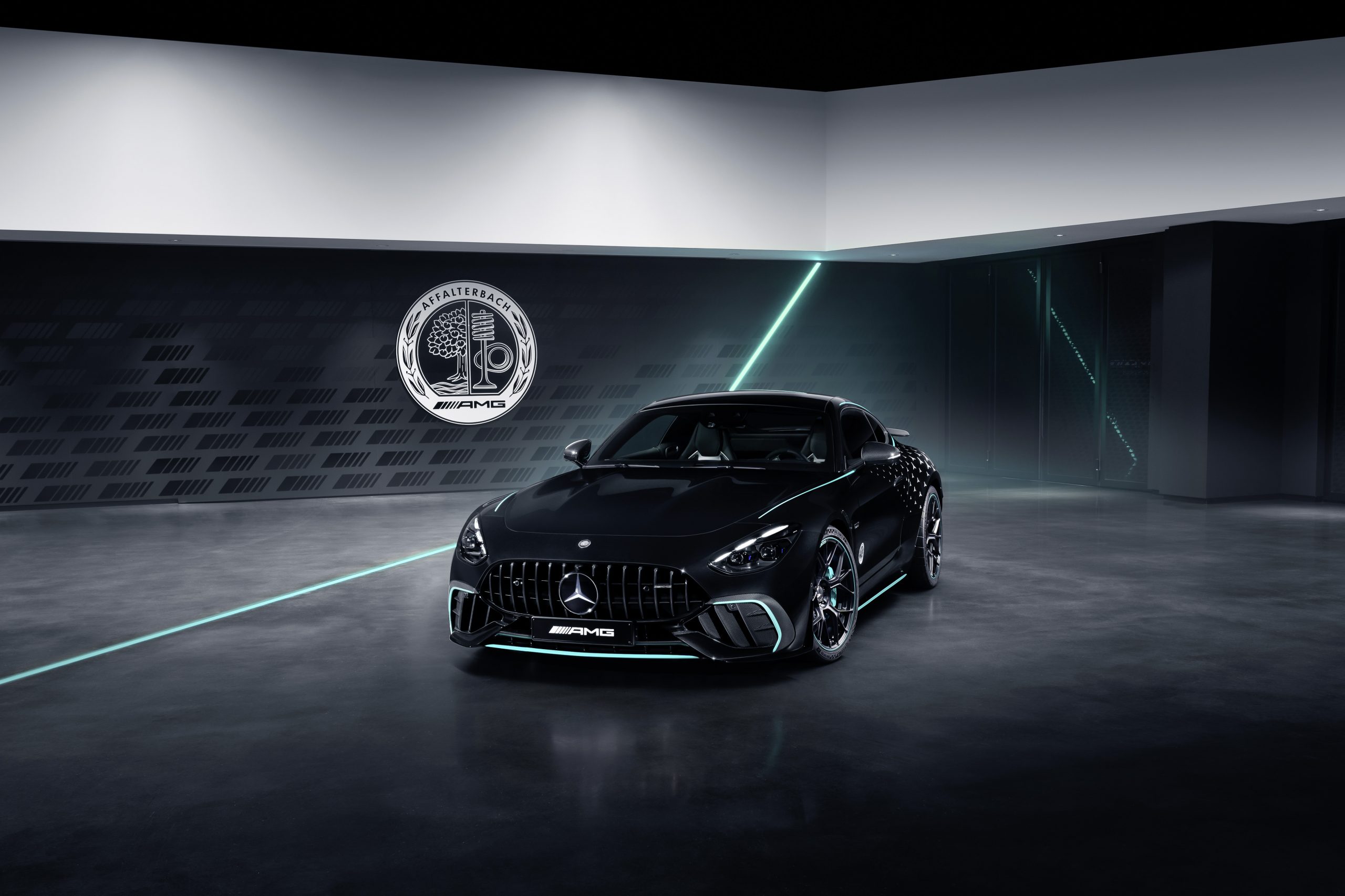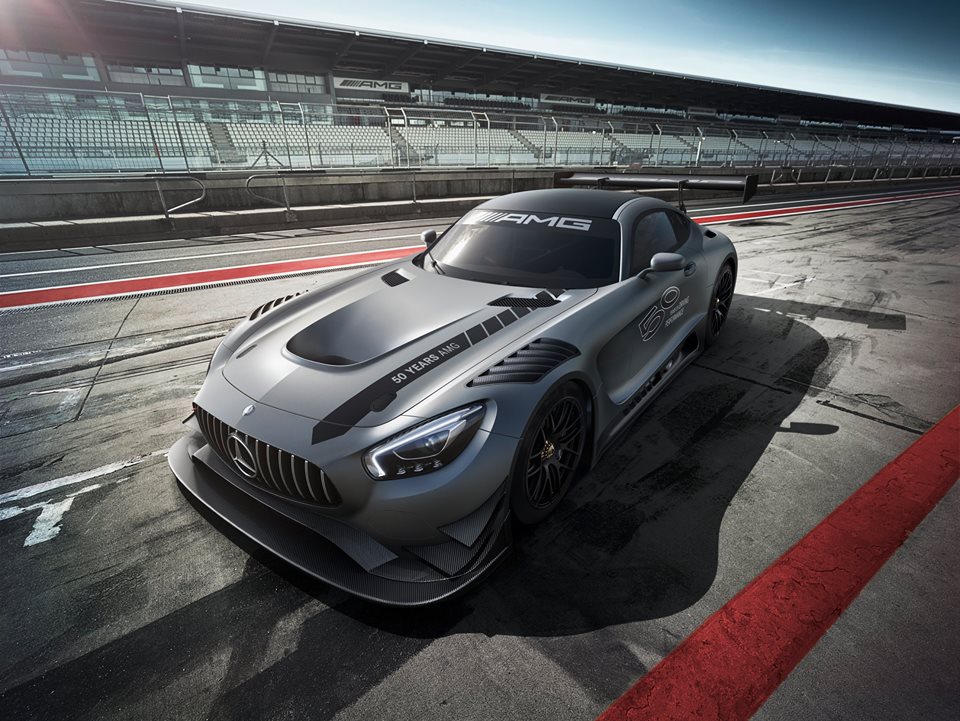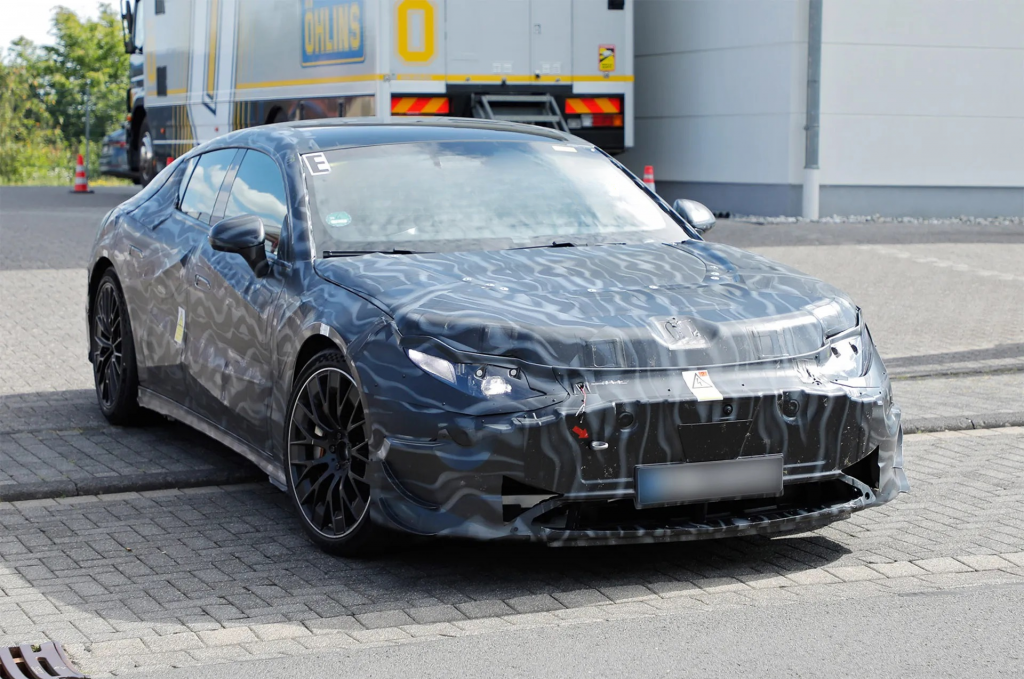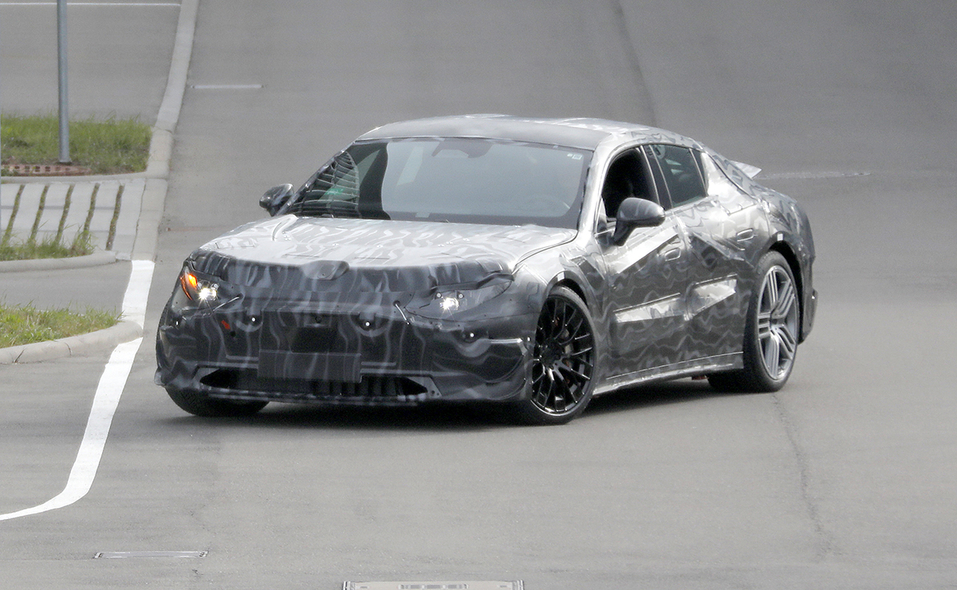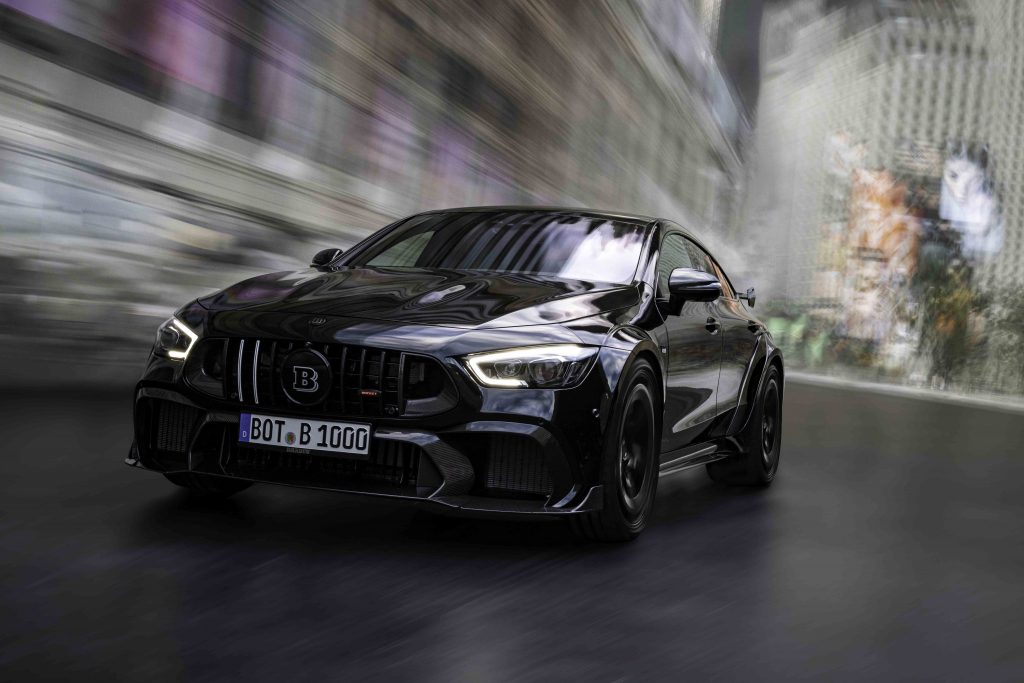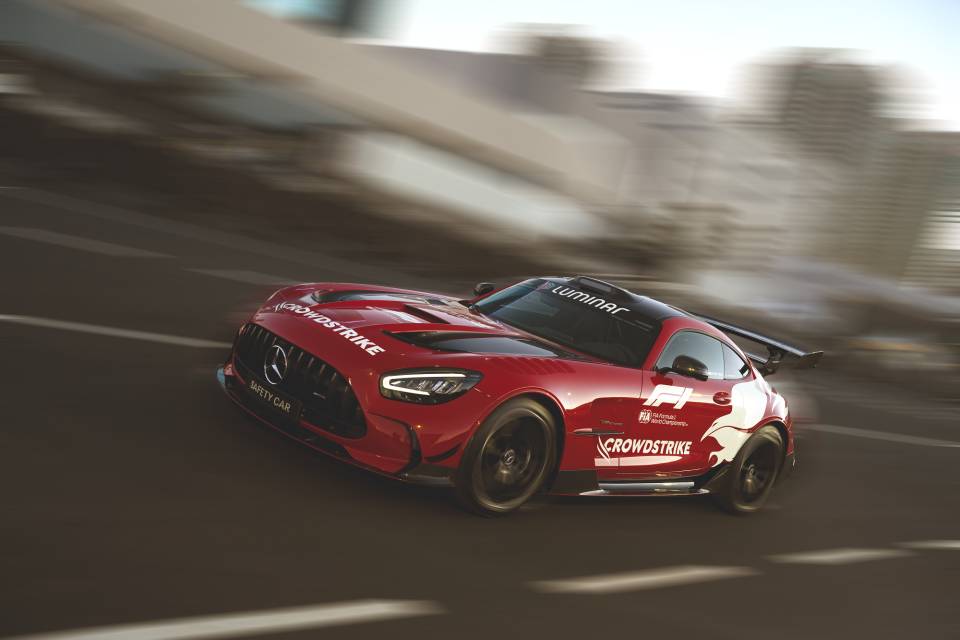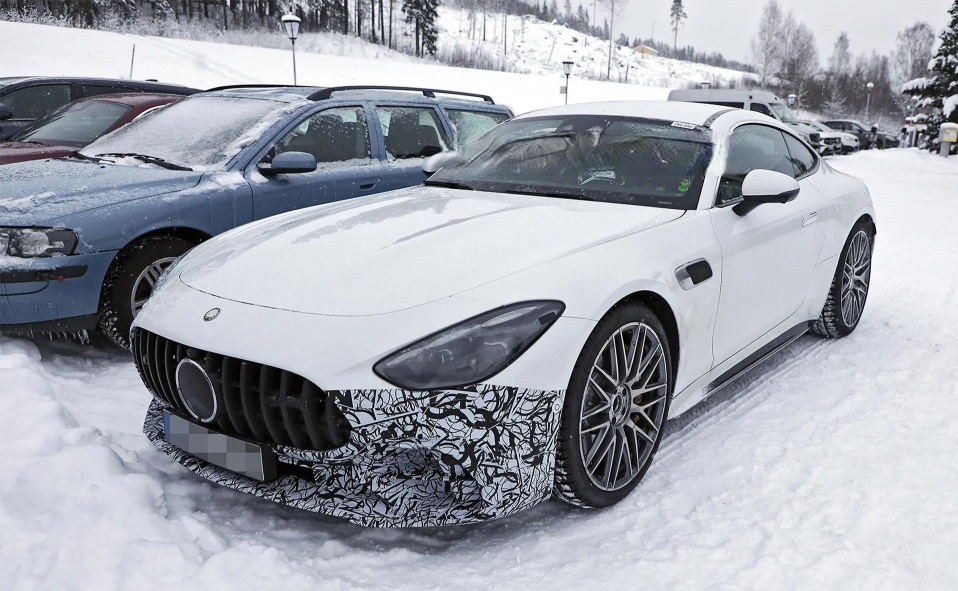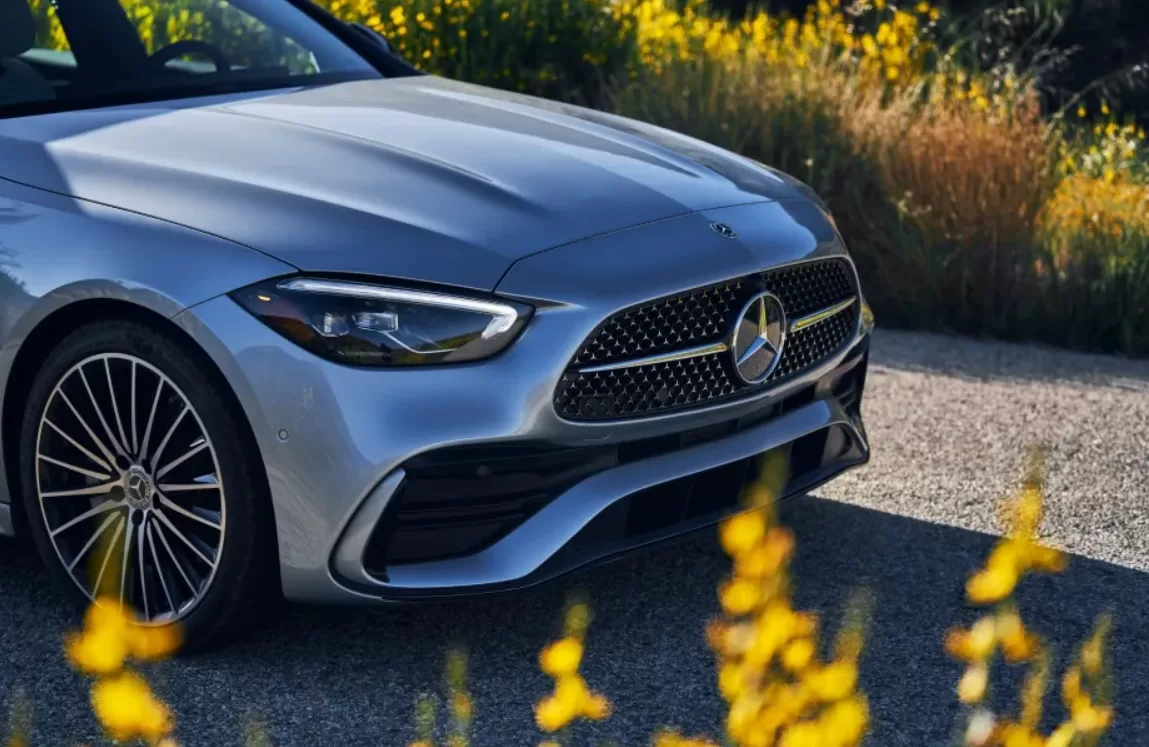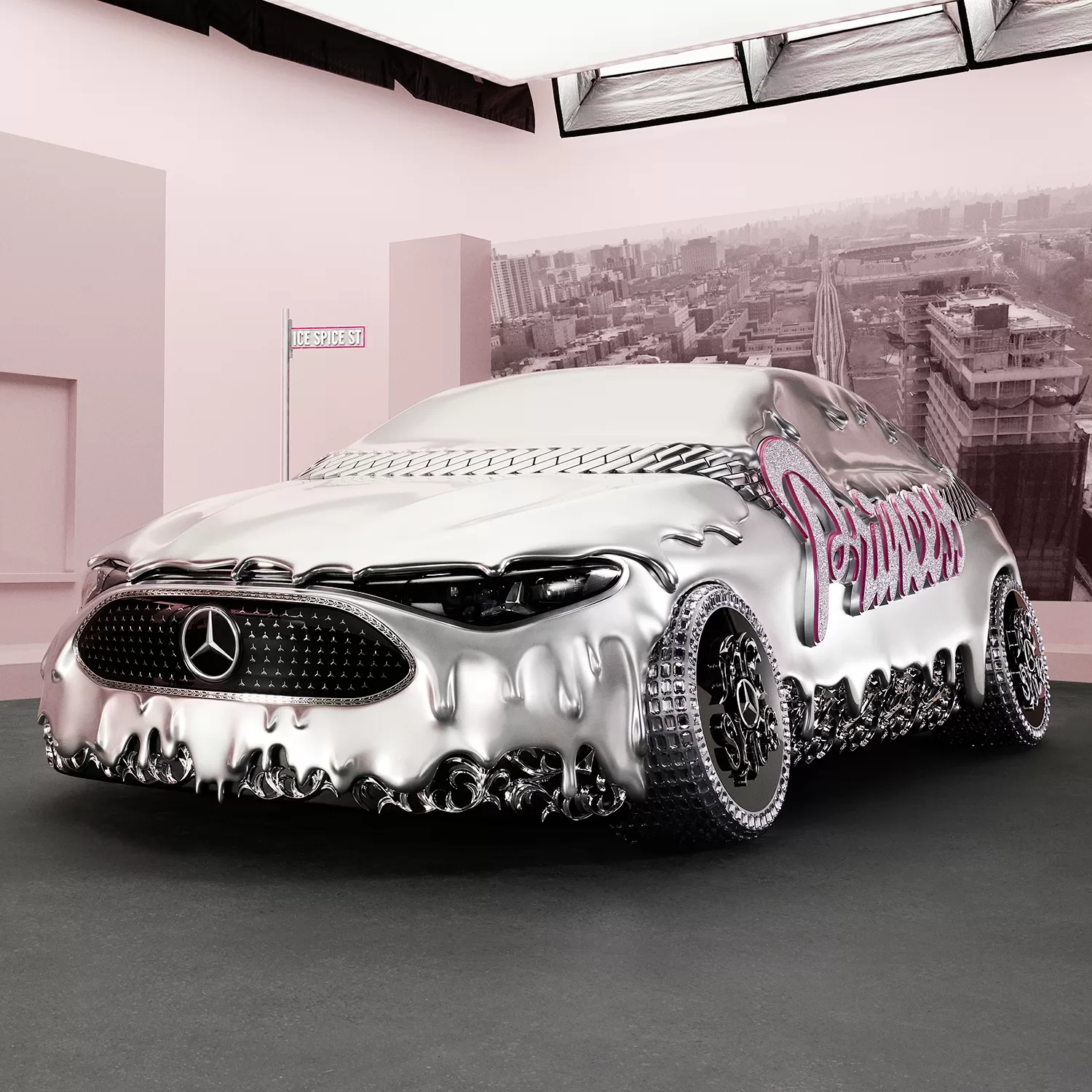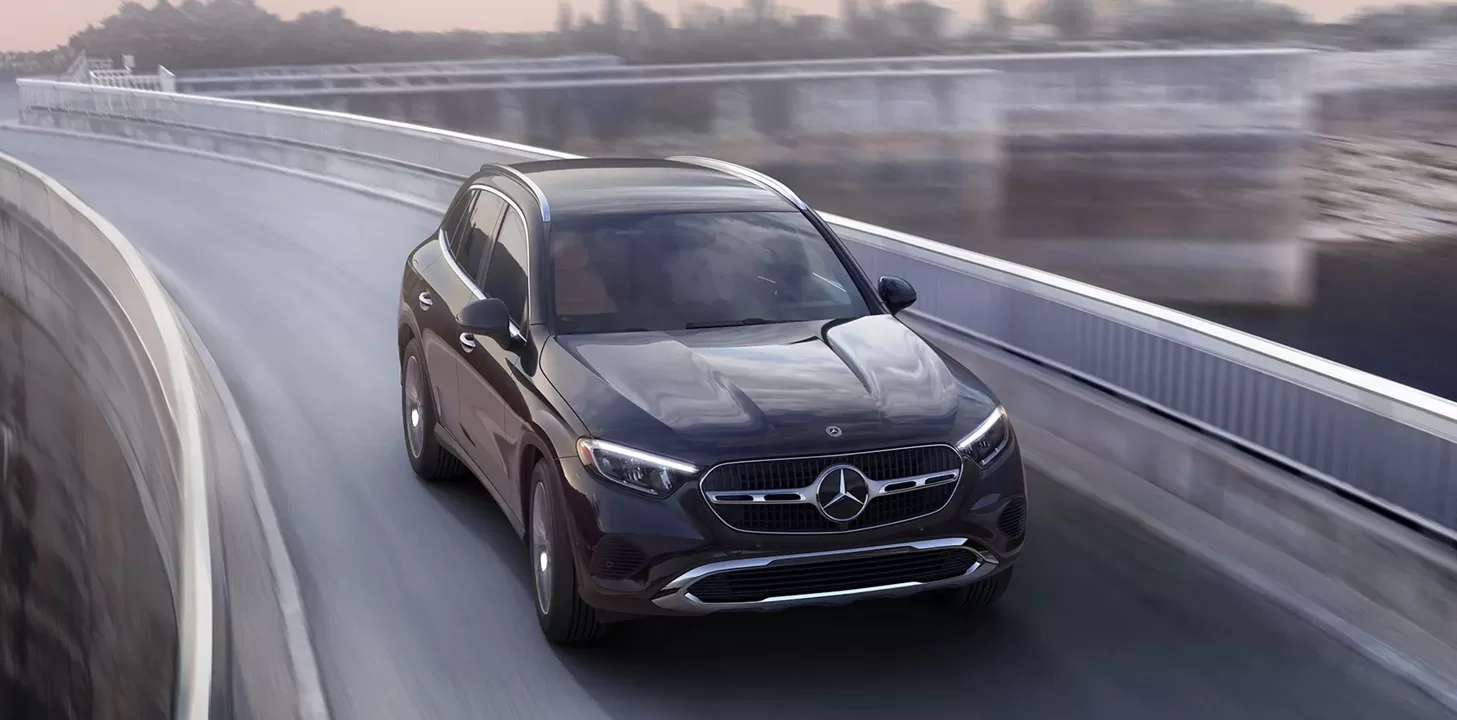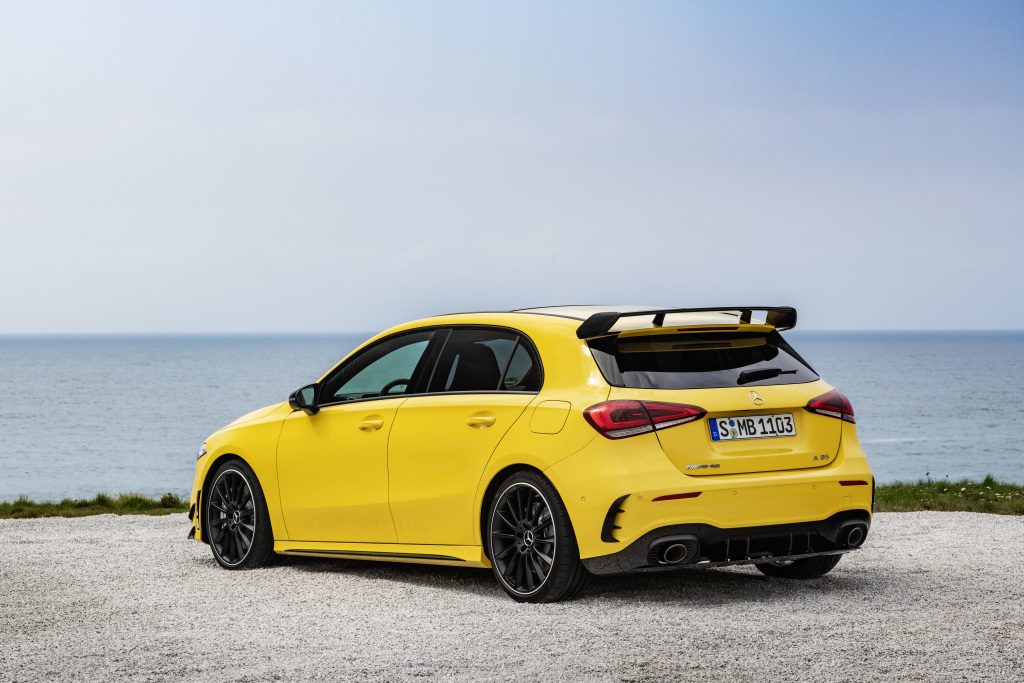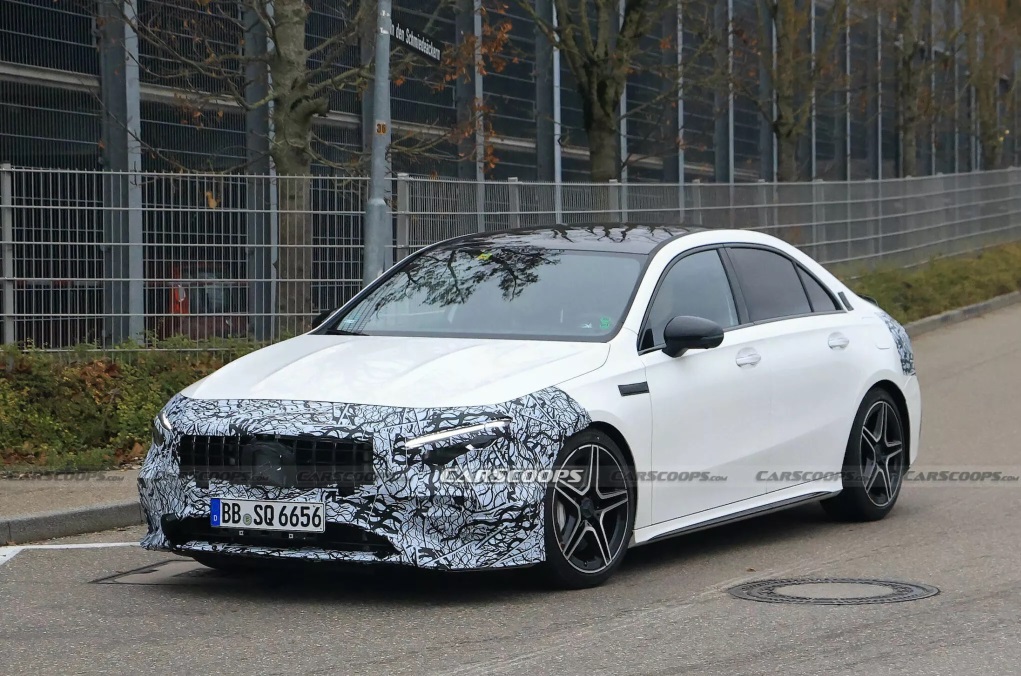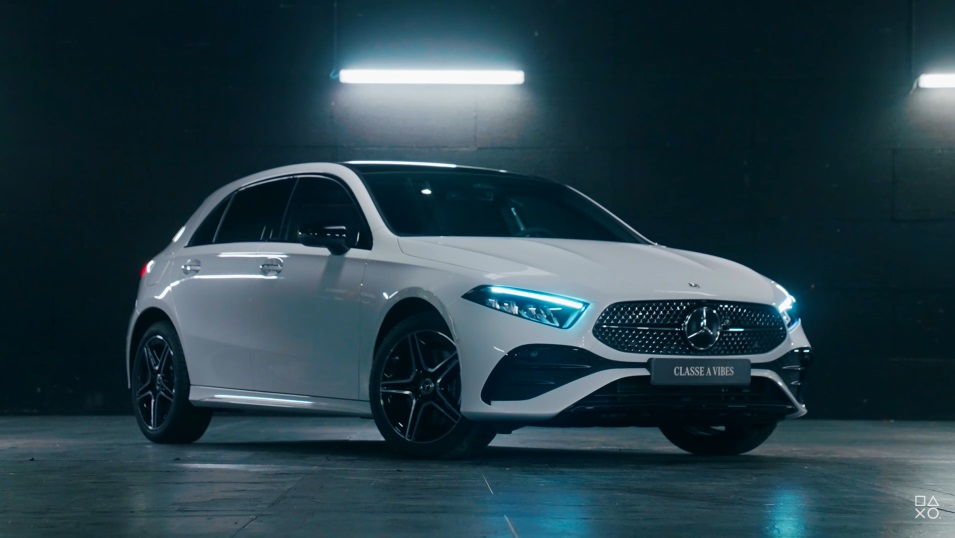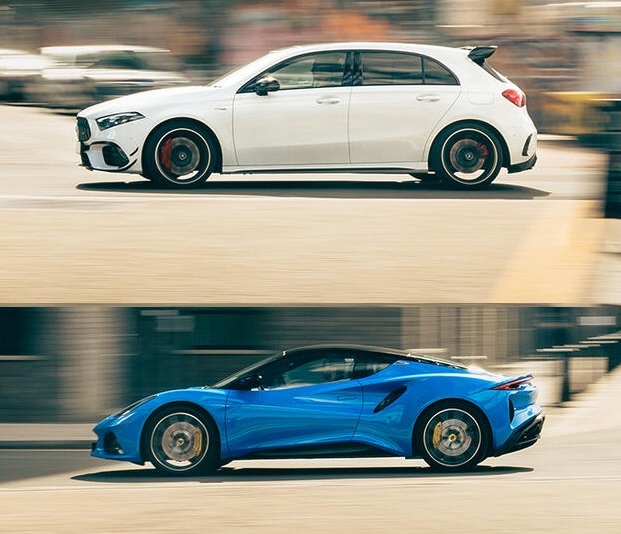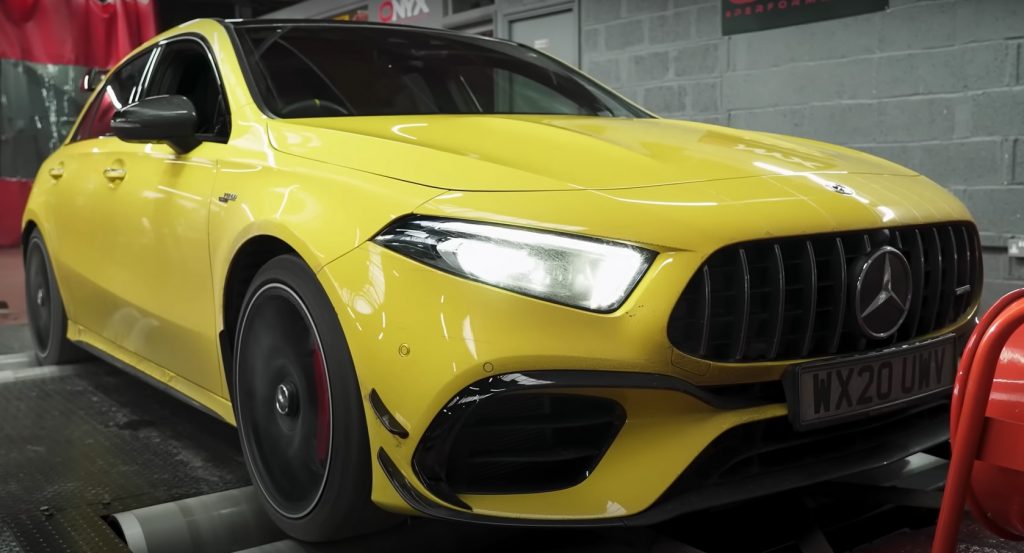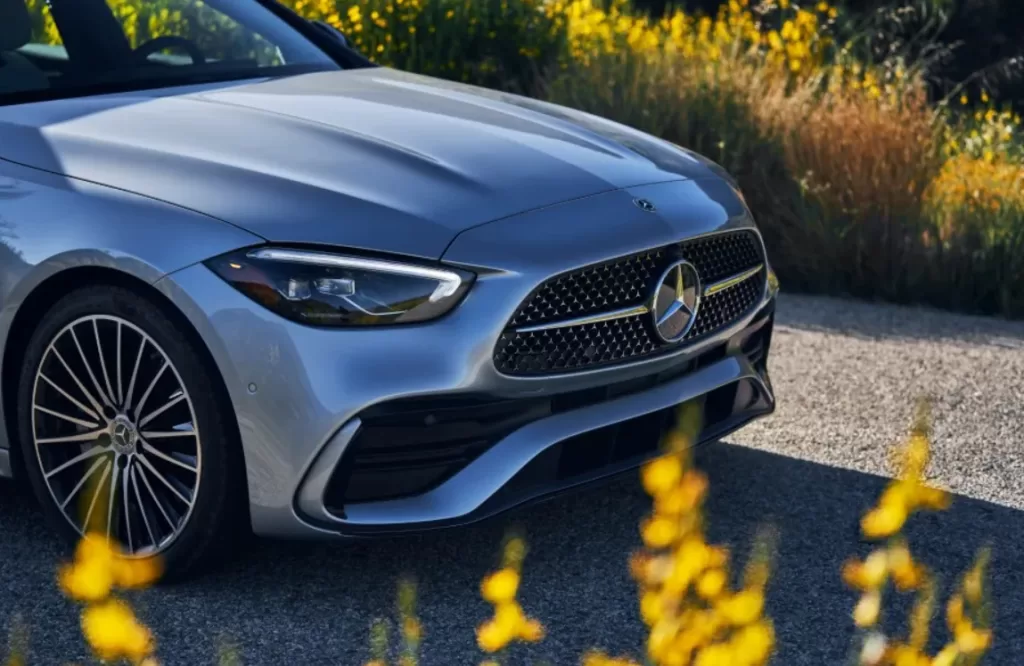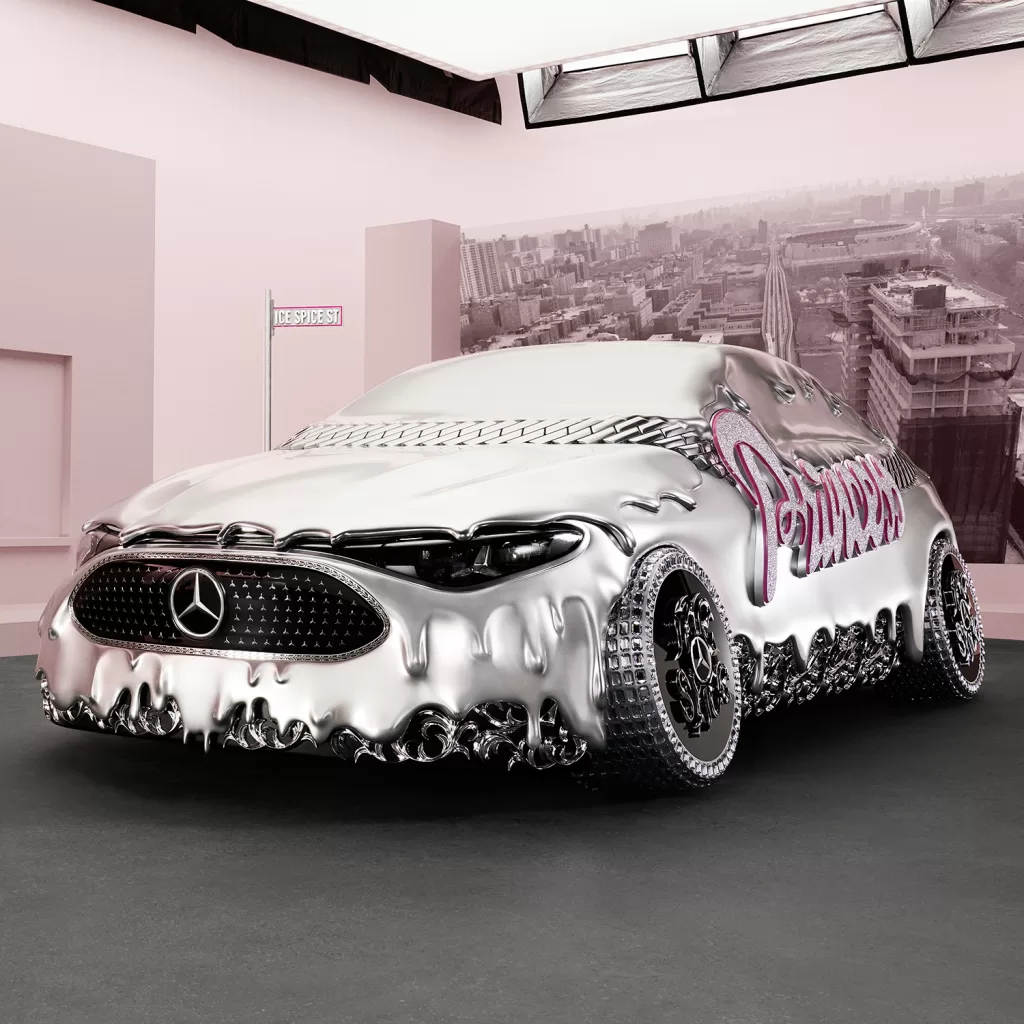Before Carl Benz built his patent motor car with an internal combustion engine in 1886, he supplied two-stroke machines for stationary applications. The first four-stroke vehicle engine was set up in his workshop in 1885. In January 1886, Benz filed a patent application for his three-wheeled “vehicle driven by a gas engine” and was granted a patent (DRP no. 37435) in November that year. The water-cooled single-cylinder four-stroke engine developed 0.75 hp (0.66 kW) at 400 rpm from a displacement of 0.95 liters (bore x stroke: 90 x 150 millimeters). Before long, engine output – in the patent motor car no. 3 – rose to three hp (2.2 kW).
The striving for higher power was also the reason behind the design of a two-cylinder engine in 1897. The prototype featured parallel coupled cylinders (“twin engine”) and resembled the in-line engines which appeared at a later stage. For the time being, however, it remained just a draft, while Benz developed a two-cylinder engine with horizontal cylinders to production standard; its pistons, moving in opposite directions, acted on a joint crankshaft. Benz called his design “contra engine”; today the principle is commonly known as horizontally-opposed piston engine. A first 4.2-liter version was fitted into buses in 1898. In 1899, finally, 1.7-liter and 2.7-liter engines with output ratings of five hp (four kW) and eight hp (5.9 kW), respectively, made their debut in the Benz Dos-à -Dos.
The Parsifal was launched in early October 1902. It featured propeller shaft drive and an engine installed at the front, either a two-cylinder twin unit or a four-cylinder in-line, depending on the version. The two-cylinder engines were equipped with spray-nozzle carburetors, automatic intake valves, side-mounted upright exhaust valves and a lateral camshaft. The long-stroke engines had displacements of 1.5 to 2.3 liters. The top model was the 35 hp Parsifal with a 5.9-liter four-cylinder engine.
Four-valve technology for Benz racing cars
The generation of Benz cars after the Parsifal had engines with dual ignition, side-mounted upright valves in a T-arrangement and spray-nozzle carburetors. The models shown in 1905 ranged from the 18 hp Benz with 3.2 liter displacement and 18 hp (13 kW) at 1400 rpm to the 35/40 hp Benz with 5.9 liter displacement, which developed its maximum output of 35 to 40 hp (26 kW to 29 kW) at 1350 rpm.
For the Prince Heinrich Trial in 1910, two Benz racing cars were set up whose engines featured four-valve technology. Both the 5.8-liter unit (80 hp/59 kW at 2500 rpm) and the 7.3-liter engine (100 hp/74 kW at 2500 rpm) were fitted with four obliquely arranged overhead valves per cylinder.
A four-cylinder engine also powered the 200 hp Benz, the record car popularly known as the Lightning Benz. The engine developed 200 hp (147 kW) at 1600 rpm. In a record attempt on the Brooklands racetrack, Fritz Erle, driving the Lightning Benz, exceeded the 200 km/h mark for the first time in 1909. Other records followed, and for several years the car was the fastest vehicle in the world.
Six-cylinder in-line and aircraft engines
Benz & Cie. also built aircraft engines based on the Otto cycle, for example the 1912 Benz FX aircraft engine. In 1913, a Benz FX 9.6-liter four-cylinder engine with a rated output of 105 hp (77 kW) won the Emperor’s Award for the best German aircraft engine. One year later, Benz built the Bz DV – Germany’s first V12 aircraft engine.
The six-cylinder design found its way into Benz automobiles in 1914: the 21/50 hp Benz model was the first passenger car from the Mannheim brand to have a six-cylinder in-line engine. The engine had cylinders arranged in pairs and a 5.3-liter displacement, from which it developed an output of 50 hp (37 kW) at 1650 rpm. More powerful engines made available at a later stage were built according to the same principle. Before the merger with Daimler-Motoren-Gesellschaft (DMG), Benz developed another two six-cylinder engines – an in-line unit with two groups of three cylinders each in 1921, and an in-line unit with an undivided engine block in 1923.

